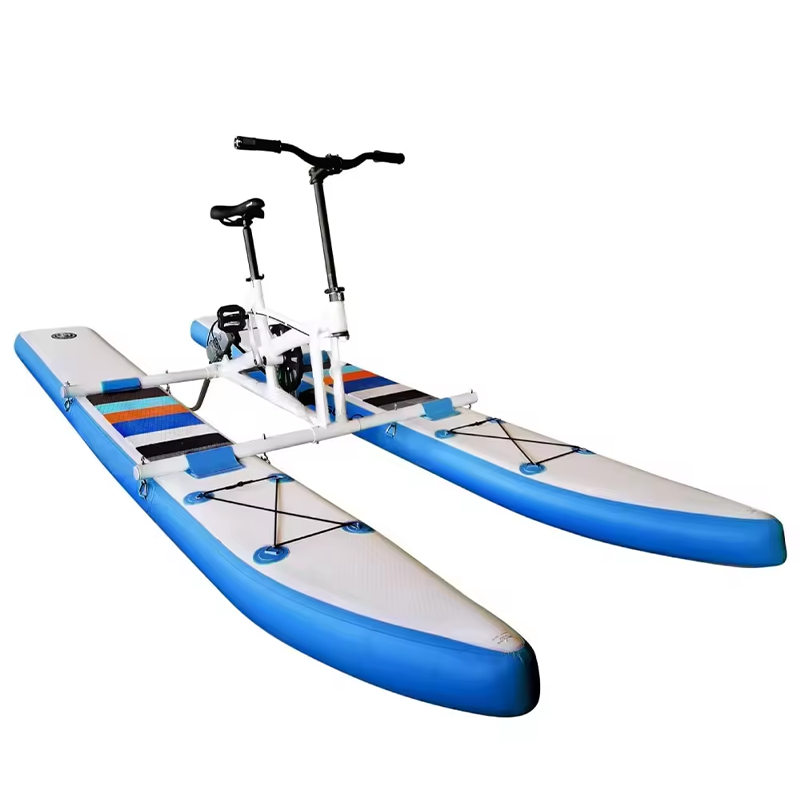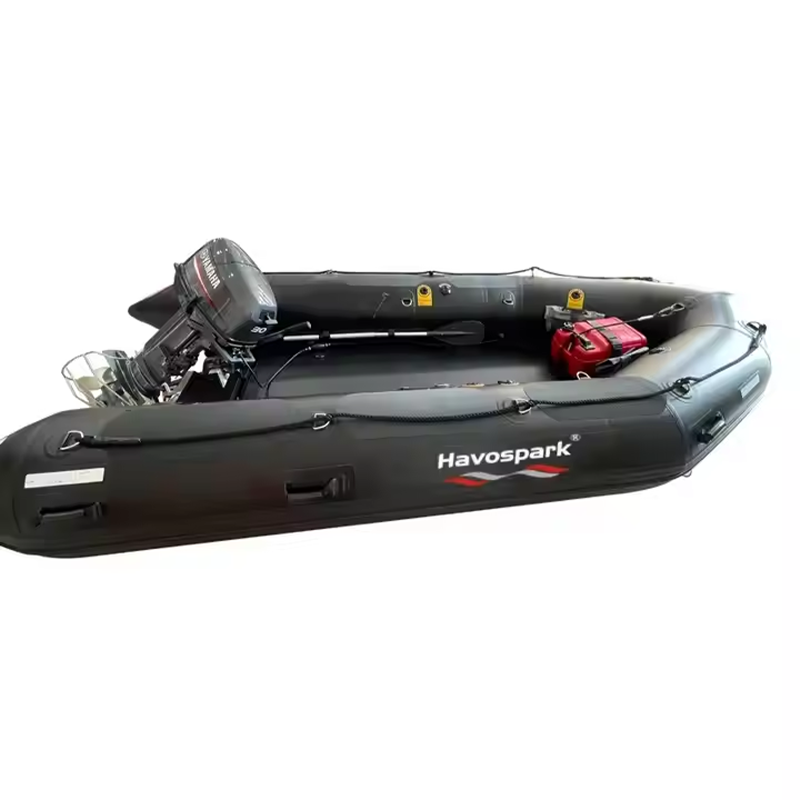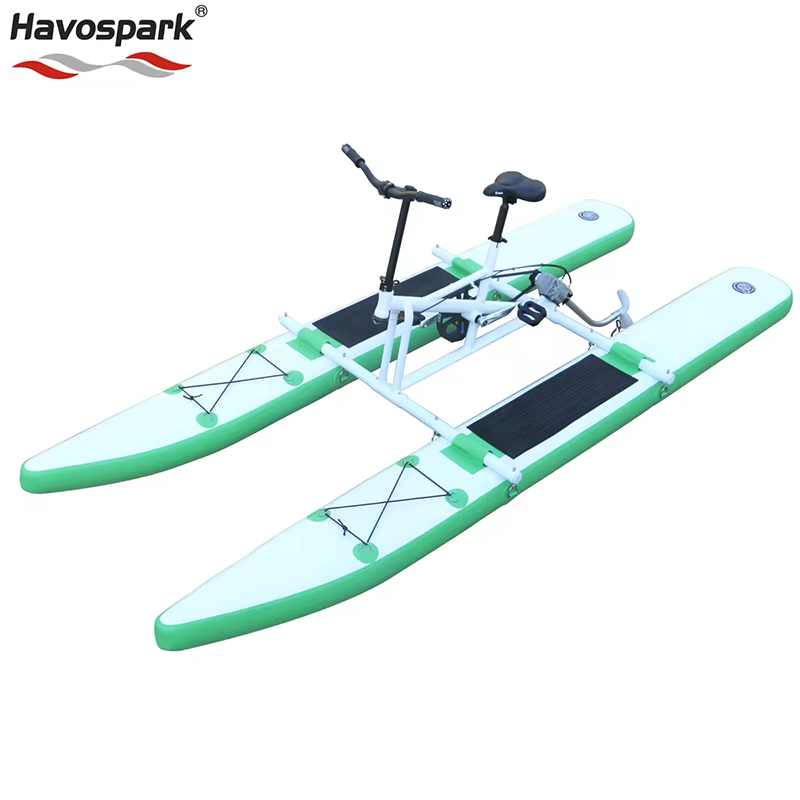The Rise of Electric Jet Boats in Modern Water Sports
Eco-Friendly Power Meets High-Octane Performance
Eco-Friendly Electric Jet Boats are swiftly gaining prominence in water sports, boasting substantial environmental benefits. These boats significantly reduce emissions and have a lower carbon footprint compared to traditional combustion engines, aiding in the fight against climate change. Moreover, electric propulsion systems are inherently more energy-efficient than their combustion counterparts, ensuring minimal wastage of energy resources. In terms of performance, electric jet boats excel with superior speed and agility, making them a formidable choice for enthusiasts seeking high-octane experiences. For instance, the Viva product line offers rapid charging and impressive top speeds, allowing more time spent on thrilling waterfront adventures. Industry studies, such as those from The Brainy Insights, spotlight a growing trend towards sustainability in water sports, emphasizing the shift towards eco-friendly alternatives like electric jet boats.
Silent Operation for Enhanced Nature Immersion
Electric jet boats not only champion environmental benefits but also offer silent operation, enhancing immersion in natural settings. Silence on the water means less disruption to wildlife, allowing users to experience nature without disturbing it. Users frequently report the peaceful aura of electric boating, often likening it to "Riding the Waves," where the only sound is the splash of water against the hull. Unlike traditional watercraft, electric boats offer a serene experience, confirmed by sound measurement studies showing significantly lower noise levels. Market demand for quieter recreational activities is on the rise, reflecting a consumer preference for tranquility while enjoying natural habitats. As more people seek refuge in nature, electric jet boats meet this demand by offering a harmonious blend of adventure and peace.
Riding the Waves: Technical Innovations Behind Electric Jet Boats
Advanced Hydrodynamic Hull Designs
Innovative hydrodynamic hull designs are crucial to the performance of electric jet boats, as they enhance both speed and stability on the water. These designs leverage the principles of hydrodynamics, which optimize the flow of water around the hull to reduce resistance and increase efficiency. For instance, some manufacturers are pushing boundaries by incorporating features like stepped hulls that minimize drag and improve lift. Industry experts highlight that such advancements not only make electric boats faster but also more stable, ensuring a smoother ride. This focus on improving hull design is pivotal in making electric boats a competitive choice against traditional watercraft.
Lithium-Ion Battery Breakthroughs
The rapid advancements in lithium-ion battery technology are critical to the feasibility of electric jet boats. Modern batteries offer greater life and faster charging capabilities, which are essential for sustained marine use. Innovations have led to increased battery capacities and reduced weights, making electric boats more viable and appealing to enthusiasts. According to experts, these batteries are integral to supporting the burgeoning market for electric watercraft, as they provide the power needed for extended excursions while maintaining eco-friendliness. These technological strides are ensuring electric boats remain at the forefront of sustainable aquatic transportation.
Instant Torque Delivery Systems
Electric propulsion systems offer significant advantages over their combustion counterparts, notably through instant torque delivery. This feature enhances maneuverability, allowing for swift and responsive movements essential in dynamic water sports. Real-world performance metrics have demonstrated how this attribute significantly boosts a boat's handling across diverse conditions. Electric propulsion technology experts predict that such systems will redefine marine propulsion's future, granting electric boats an edge in performance and efficiency. As the maritime industry continues to evolve, the integration of instant torque delivery will be a game-changer in watercraft propulsion.
Thrill Amplification: How Electric Propulsion Transforms Water Adventures
Precision Maneuvering in Challenging Conditions
Electric propulsion systems significantly enhance the ability to maneuver precisely in challenging conditions. They provide superior handling in turbulent waters, a feature testified by numerous users who have experienced noticeable improvements in control and responsiveness even in unfavorable environments. Testing results consistently show that electric jet boats outperform their traditional combustion-powered counterparts in terms of maneuverability, allowing for sharper turns and more agile movements. Design elements such as advanced hull configuration and electric motor placement play a crucial role in achieving these precise handling capabilities. This precision not only enhances performance but also boosts rider confidence, making adventurous explorations on water more exhilarating and safe.
Extended Ride Times Through Energy Efficiency
Electric jet boats offer extended ride times thanks to their superior energy efficiency. This greater efficiency translates into longer average ride durations when compared to traditional gas-powered boats, allowing for prolonged recreational use. According to industry statistics, electric jets can sustain longer sessions on the water without the need for frequent recharging, unlike their combustion engine counterparts, which need regular refueling. Such extended ride times lead to enhanced user satisfaction, as enthusiasts can enjoy uninterrupted excursions. Additionally, experts highlight that the energy-efficient nature of electric propulsion encourages more frequent use, as riders take advantage of the longer operational periods to explore new aquatic terrains.
Safety Advantages Over Combustion Engines
Electric propulsion systems come with inherent safety features that surpass those of combustion engines. According to safety organizations, these systems significantly reduce the risks of fire and toxic fumes, making them a safer choice for watercraft enthusiasts. For instance, in emergency scenarios, electric boats have demonstrated faster and more effective response capabilities, which is crucial during incidents on the water. This focus on safety is also reflected in the long-term trends, with electric jet boats consistently achieving higher safety records over time. Industry experts suggest that as more watercraft adopt electric propulsion, these safety advantages will set new standards for maritime security and operational reliability.
Market Surge: Electric Watercraft's Growing Dominance
Projected 79% Growth in Electric PWC Sector
The electric personal watercraft (PWC) sector is on the cusp of significant growth, with projections suggesting a remarkable 79% increase in the coming years. This growth is driven by evolving market trends, where sustainability and eco-conscious consumer choices are becoming pivotal. Notably, major advancements in electric propulsion technology have fueled this momentum, allowing electric PWCs to offer performance comparable to their gas-powered counterparts. Insights from leading market analysts highlight a transforming landscape where electric options are increasingly favored. Supporting this transition, sales data reveal rising numbers, with new market entrants contributing to the competitive dynamics in the electric PWC space. This surge in interest underscores the industry's move towards greener alternatives, riding the waves of sustainability.
Luxury Resorts Adopting Fleet Electrification
Luxury resorts worldwide are progressively adopting electric watercraft fleets, driven by a rising demand for eco-friendly travel experiences. By transitioning to electric fleets, these resorts cater to a growing demographic of environmentally conscious travelers seeking sustainable vacation options. Industry insiders cite numerous benefits, including enhanced public relations and marketing opportunities, as resorts align their brand image with eco-friendly practices. Additionally, the shift to electric fleets significantly reduces the environmental footprint, contributing to cleaner and more serene aquatic environments. Resorts are thus leveraging electrification to enhance guest experiences while simultaneously bolstering their commitment to sustainability, making fleet electrification a smart business and environmental choice.
Government Incentives Driving Adoption
Worldwide government initiatives are pivotal in accelerating the adoption of electric watercraft. Through various programs, significant financial incentives are available for purchasers of these eco-friendly vessels, making them more accessible to a broader audience. Research demonstrates these incentives' effectiveness in driving adoption rates, with notable increases in electric watercraft registrations. The marine industry's response to this government backing has been overwhelmingly positive, acknowledging the support as a catalyst for growth. As a result, the synergy between policy advocacy and market expansion reflects a robust partnership between government and industry stakeholders, signaling a promising future for electric watercraft adoption.
Integration With Smart Waterway Infrastructure
Electric jet boats are harmonizing seamlessly with smart waterway infrastructures, setting a new benchmark for integrated marine technologies. These infrastructures incorporate digital technologies that enhance boating safety and efficiency. For instance, cities like Amsterdam are advancing smart waterways with digital navigation aids that sync with electric watercraft systems, creating safer channels for navigation. Experts emphasize that this integration not only boosts safety by mitigating collision risks but also amplifies resource efficiency by reducing energy waste. Pilot programs across Europe show promising results, with real-world applications highlighting reduced incidences of accidents and enhanced navigational accuracy.
Modular Battery Swapping Stations
Modular battery technology is emerging as a game-changer in enhancing the efficiency of electric jet boats. This technology allows for rapid battery swapping, significantly reducing downtime and improving the user experience. Stations are being set up in various locations, such as popular marinas, to facilitate quick battery exchanges. The benefits of this system extend beyond convenience; they ensure that boats remain operational without lengthy charging periods, thereby appealing to recreational users and commercial operators alike. Experts predict that these advancements in battery technology will play a pivotal role in the future of marine applications, further driving the adoption of electric watercraft.
AI-Assisted Wave Navigation Systems
AI technologies are revolutionizing navigation for electric jet boats, offering unprecedented improvements in safety and efficiency. These systems employ machine learning algorithms to analyze wave patterns, weather conditions, and other environmental data, crafting optimal navigation routes. Compared to traditional methods, AI-assisted systems provide more accurate navigation, ensuring smoother journeys. Real-world trials have demonstrated significant advancements—AI systems have successfully reduced collision risks and improved fuel efficiency by optimizing routes. These technological breakthroughs affirm that AI is not just enhancing the way we navigate but is fundamentally transforming the boating experience.








 Hot News
Hot News
